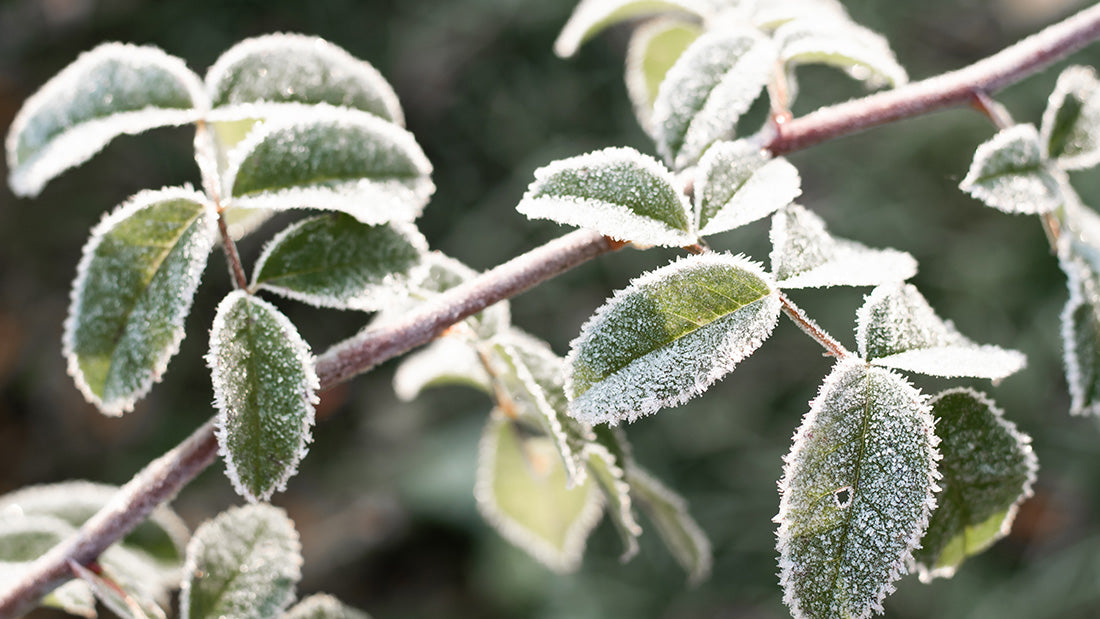Honey bees are natural inhabitants of tree cavities, which offer superior insulation compared to standard beehive boxes. Tree cavities have an estimated R-value of around 6, while typical bee boxes have an R-value of approximately 1. This means that a tree cavity provides six times more insulation than a standard hive.
The importance of insulation varies with the seasons, being particularly crucial during winter. In colder months, heat loss from the hive can result in increased honey consumption and higher metabolic activity among the bees. Ideally, bees should enter a state of torpor in winter, reducing their metabolism and conserving honey.
Even minimal metabolic activity in winter leads to the production of water vapor. If this vapor encounters a cold surface at the hive's top, it can condense and drip as cold water onto the bee cluster. Therefore, top insulation is vital in winter. I recommend placing a 1-inch-thick insulation board with an R-value of 6 under the outer hive cover during winter.
But what about insulating the sides of the hive for winter? While not critical in many areas, it won't hurt and can be beneficial. Some beekeepers use insulated hives year-round. If you live in a region where temperatures frequently drop below zero or if you're aiding small colonies with just a few frames of bees to survive the winter, insulating the sides of the hive with one-inch foam board can significantly increase the chances of your colony making it through the cold season.
In summary, insulating the top of your hive is a necessity in most locations during winter to prevent wet bees, as wet bees are more susceptible to the cold. While insulating the sides may not be absolutely essential in all regions, it can provide peace of mind, knowing your bees are well-protected from the cold. 🐝❄️

